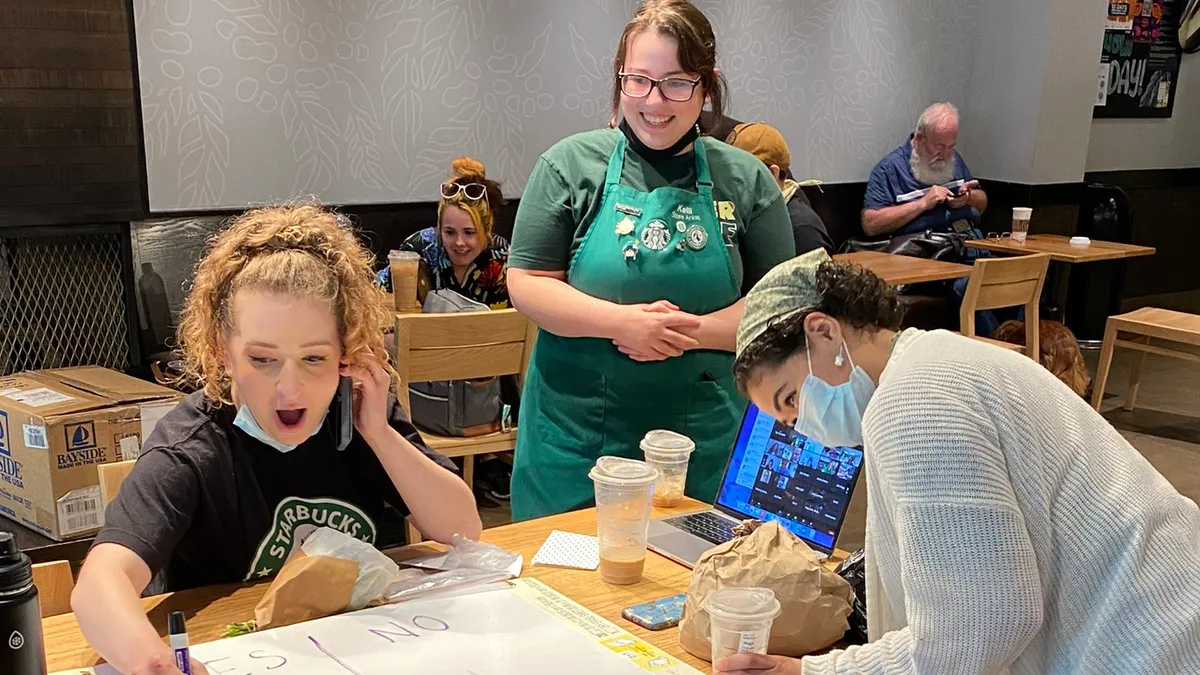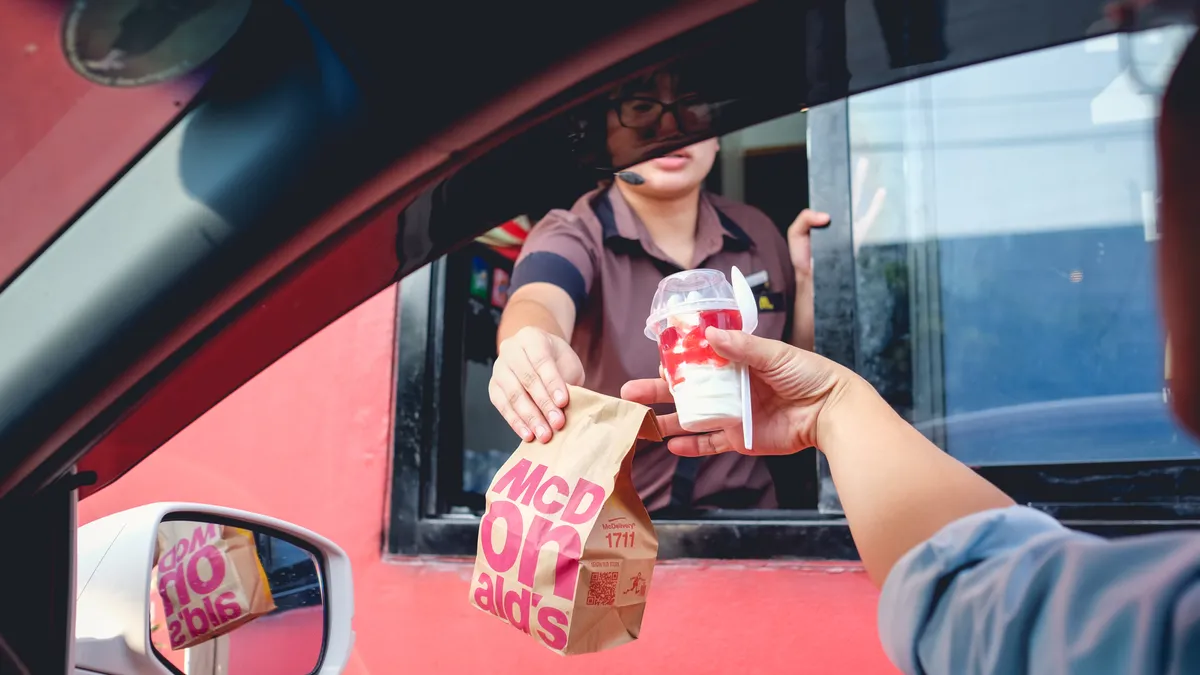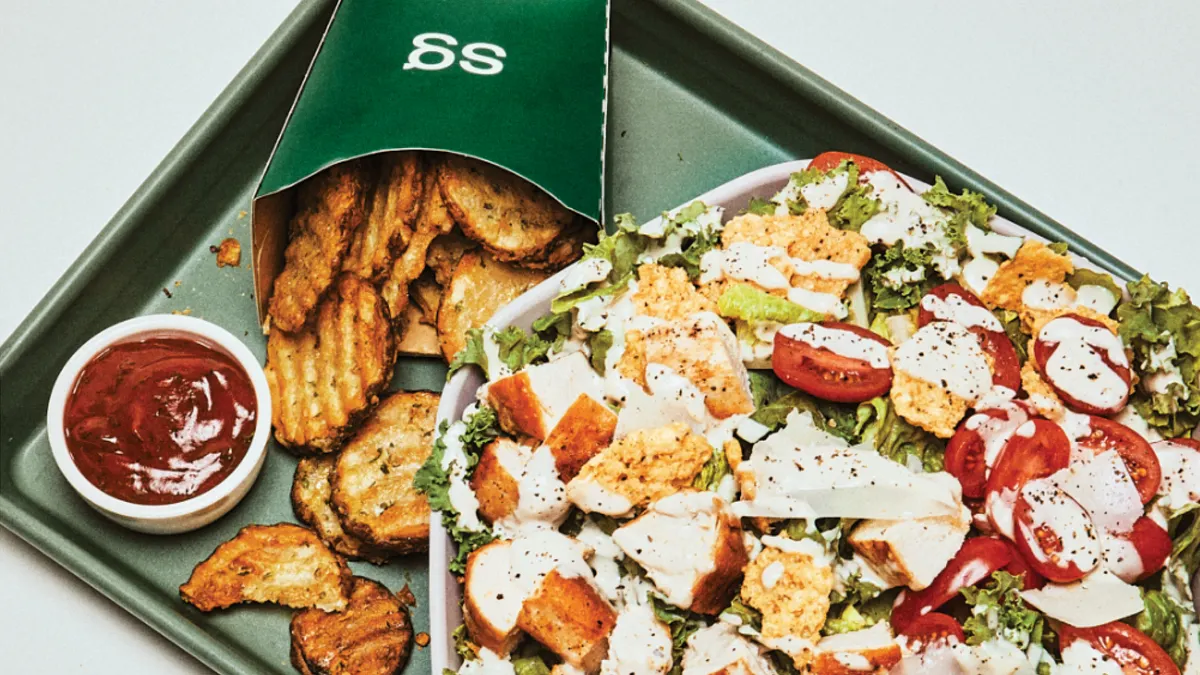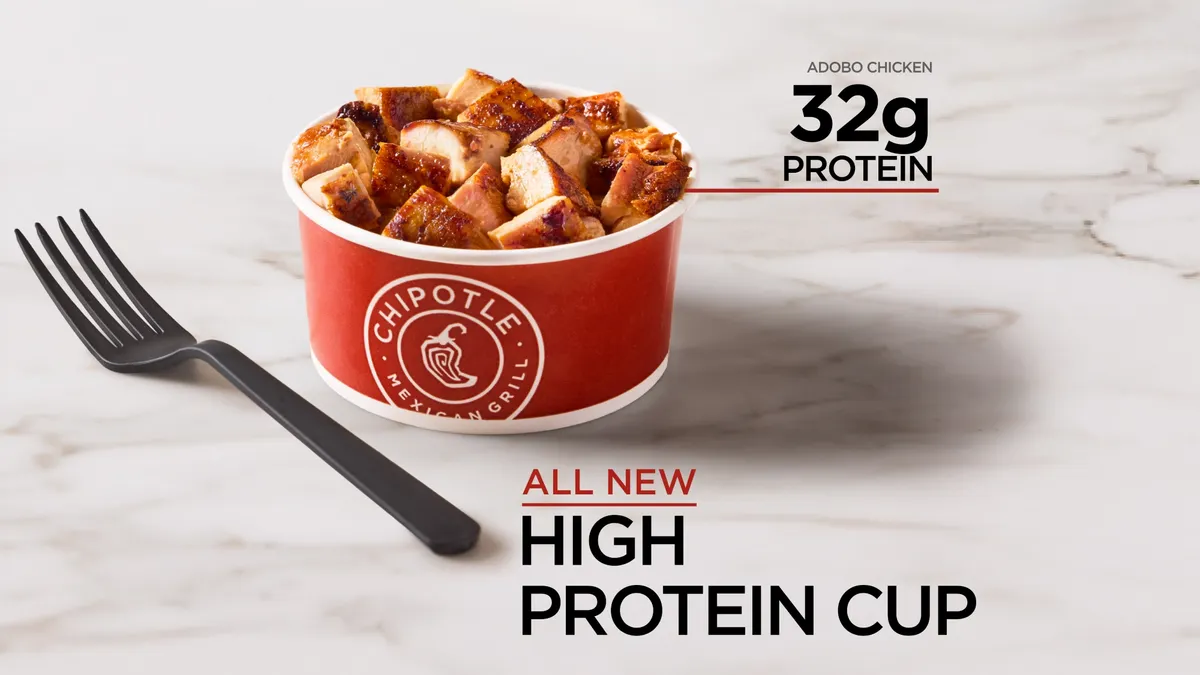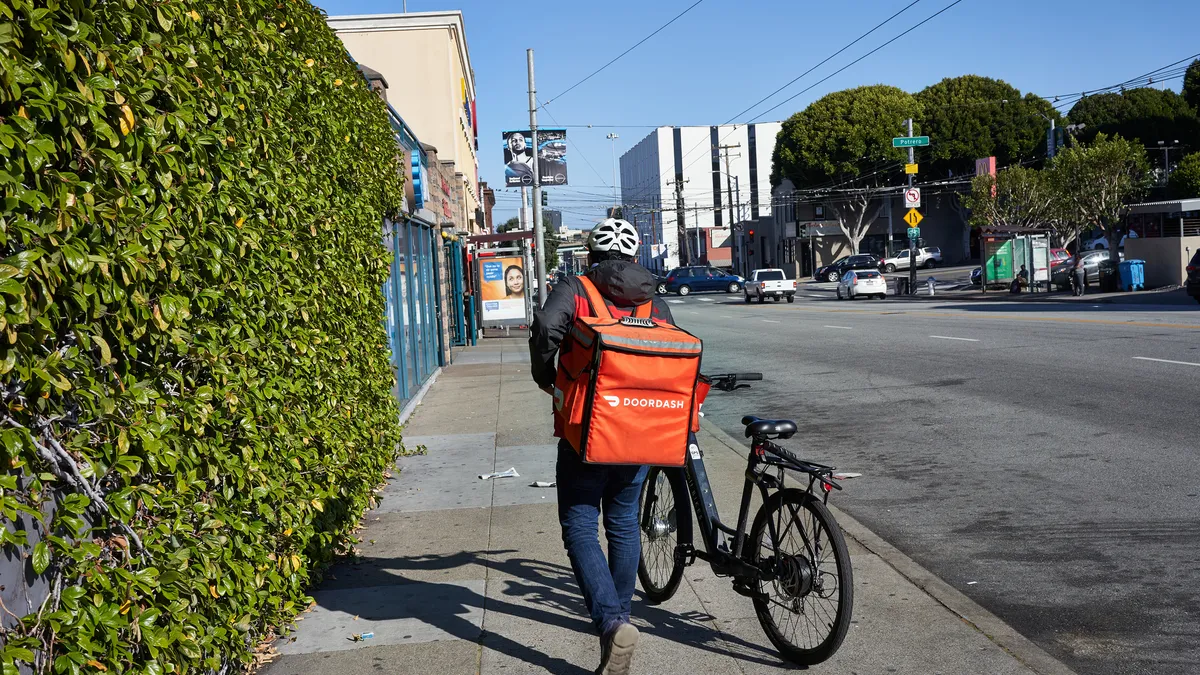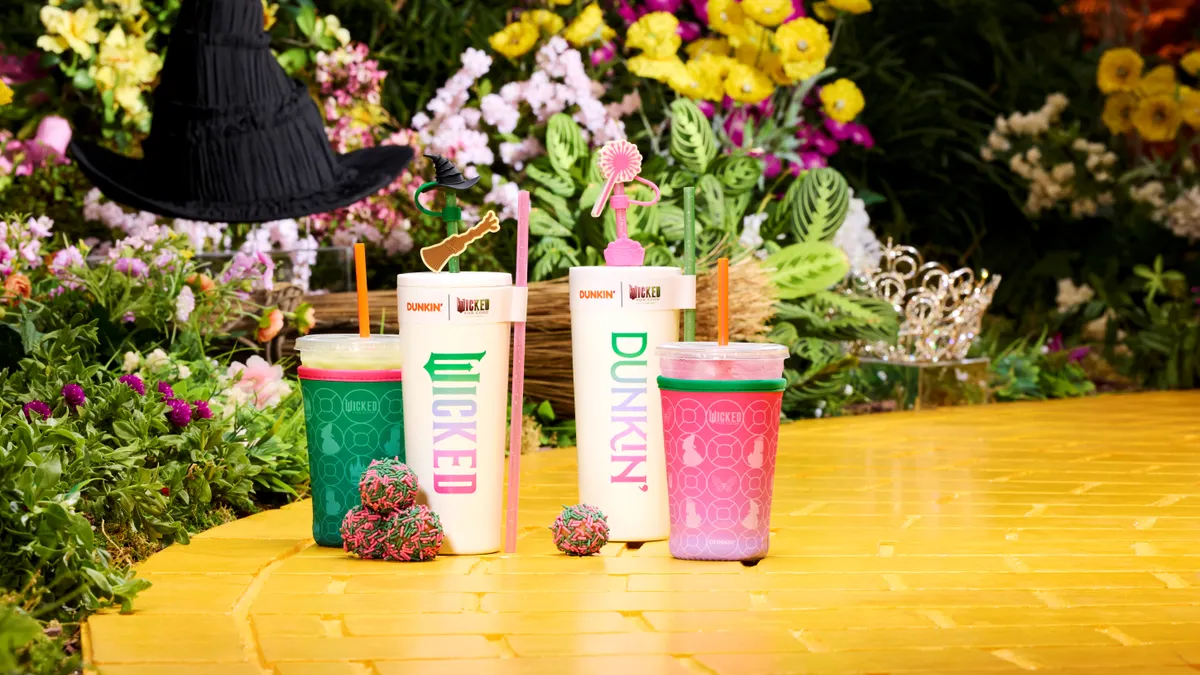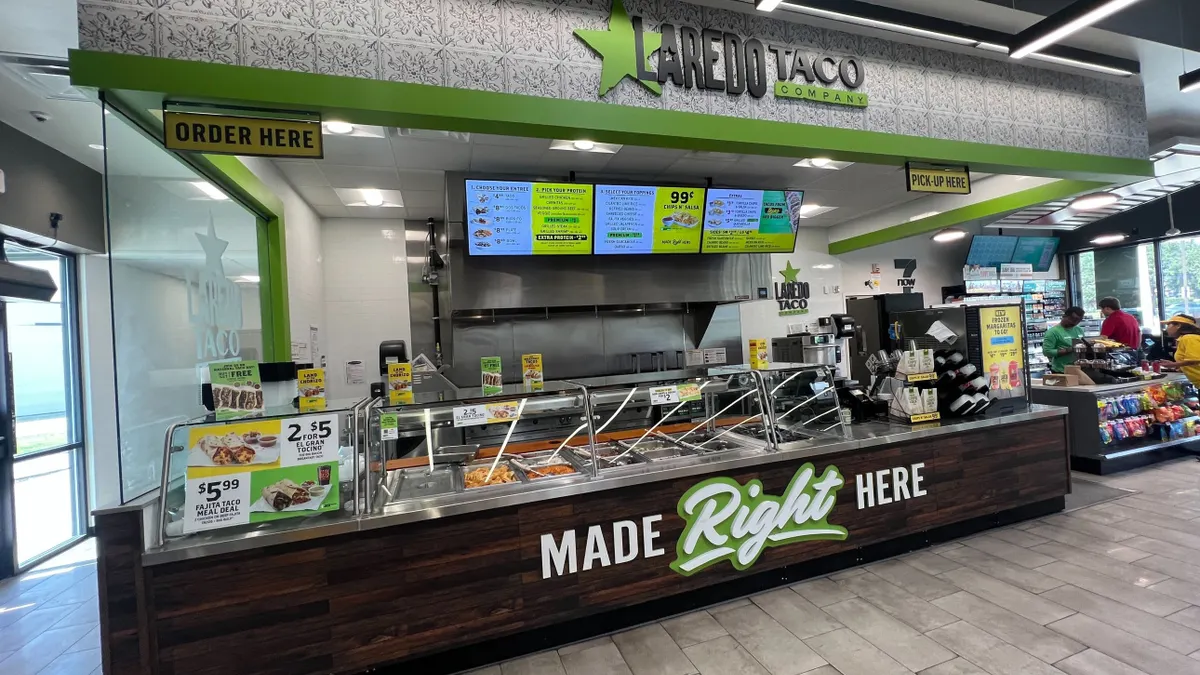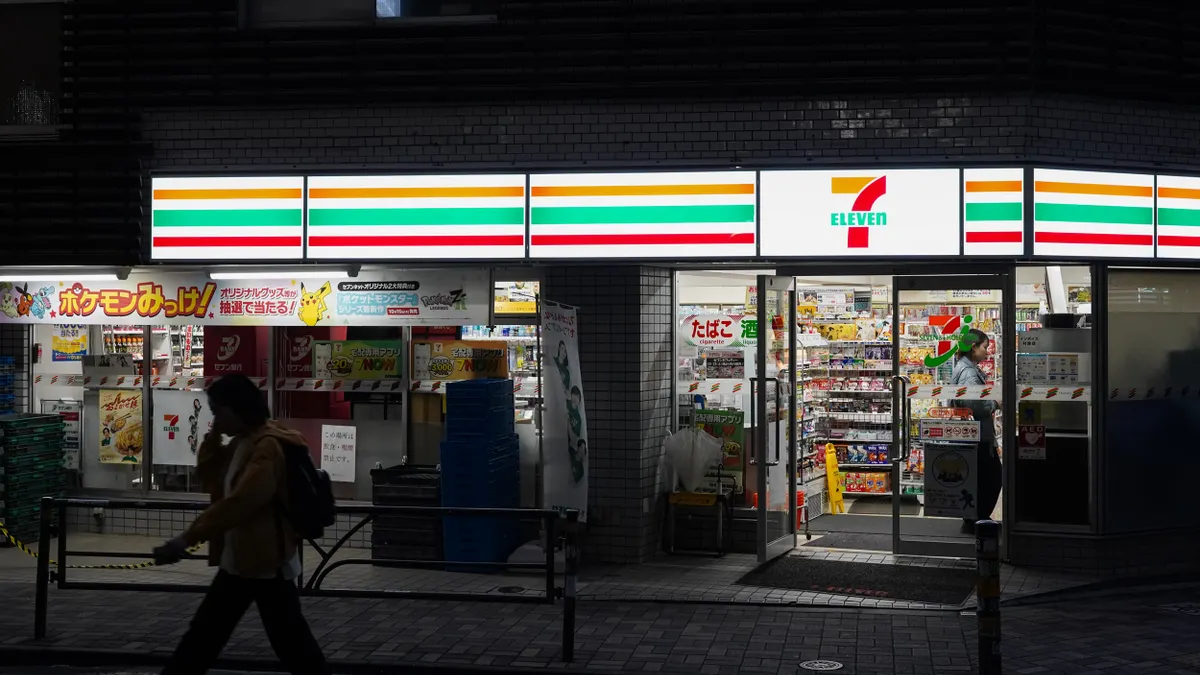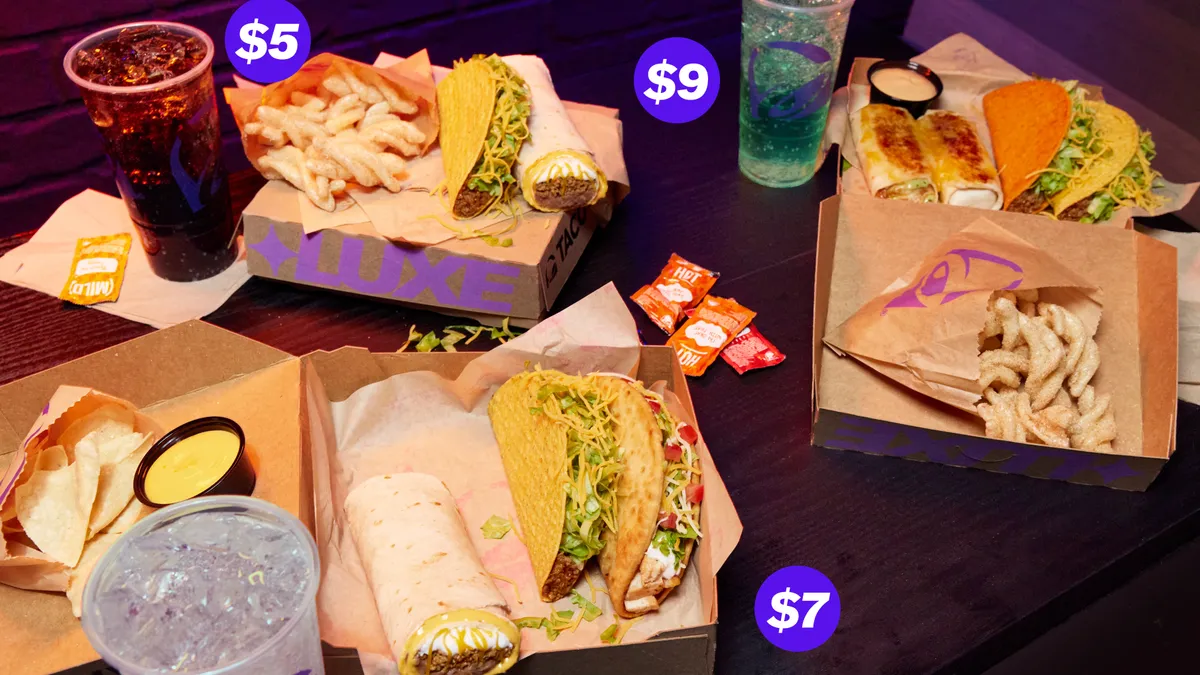Coca-Cola and Pepsi are the humble backbone of many restaurant beverage programs, synonymous in many cases with fast food itself. But as social media sharing drums up more consumer demand for premium drinks, the beverage lineups of major soda makers may be getting a makeover.
One clear example of this phenomenon is “dirty sodas,” modified with syrups, creamers and other additives, said Megan Tallman, vice president of Coca-Cola Freestyle and Foodservice Innovation at Coca-Cola.
While root beer floats and egg creams have existed since the 19th century, the modern dirty soda category started in the 2010s. The trend kicked off in Utah with restaurant concepts like Swig, which initially served sodas mixed with creamer, according to the Utah Business Journal. The menu category has since expanded to include sodas that have a wider variety of ingredient inclusions.
“It's not a fad, it's a trend,” Tallman said.
Dirty sodas gain menu prominence
Operators see dirty sodas as a way to add limited-time offerings that differentiate restaurants from competitors. Tallman said restaurants that Coke works with have embraced LTOs that tend to drive higher checks.
“Consumers who purchase an LTO are spending more. On average, they're spending $3 more per trip,” Tallman said.
While this data includes all LTOs, the growth of beverage LTOs has outstripped snacks and other categories, Tallman said. One reason for this, is that beverages are easy to alter and change, allowing for quick innovation.
PepsiCo is taking advantage of the trend toward premium sodas with its Drips line, a series of mixed beverages designed specifically for premium beverage consumers, said Scott Finlow, global CMO of foodservice at Pepsi. Drips combines standard Pepsi products with add-ins and new flavors.
At the National Restaurant Association Show in Chicago in May, Pepsi showed off several Drips drinks, including the Strawberry Basil Starry, Lipton Mango Horchata and a s’mores drink made with Pepsi Zero Sugar. Pepsi piloted the Drips drinks at a number of colleges and universities in 2024, and the test met with consumer enthusiasm, Finlow said.
“They love that the [Drips drinks] utilize our brands, that matters to them. High-interest, high-sharing, high-engagement, high-repeat levels,” Finlow said. “[They’re] willing to pay a premium. We tested these between $5 and $9 and there's never been any pushback on the premiumization.”
Pepsi can integrate the Drips brand into restaurant menus, though this requires some degree of training for operators. But the cost of training workers to implement a somewhat more intensive beverage program would be more than offset by increases in traffic and check, Finlow said.
Like Pepsi, Coke is looking to serve more non-alcoholic, premium crafted drinks.
“Mixology is really important with the Gen Z consumer,” Tallman said. “They want customization, how they want it and when they want it.”
The company’s vision for such premium sodas is a drink based on a classic Coke product, like Sprite or Fanta or Coca-Cola, the flavor customizations like syrups, flavors on the rims of cups, inclusions like fruit and dairy additives.
Melissa Mackay, senior vice president of marketing and insights at Westrock Coffee, said the dirty soda trend was blurring the line between different beverage categories.
Despite the sometimes dramatic visual appearance of dirty sodas, Tallman said, the flavors that typically do well are ones consumers are familiar with. For example, Blue Raspberry, a flavor that’s more than 50 years old, has seen sales grow year over year. Some of that, may be due to its bright color, she said. Mango flavors are also well received, perhaps partially due to its visually appealing appearance.
Coke is looking to replicate some of the success of long-established flavors with new syrups to flavor soft serve ice cream based on Barq’s Rootbeer and Fanta. The Fanta syrup produces an orange creamsicle flavor in vanilla soft serve. Coke will test it in Q4 with the root beer syrup and other flavors to follow, Tallman said.
Drinks made with soft serve and syrups resemble Sonic’s cream slushes and other QSR premium beverages. The popularity of dirty soda shops like Swig may prompt beverage companies and QSRs to expand their beverage offerings to defend from up-and-coming rivals while simultaneously capturing sales of high-margin menu items.
While much of the beverage innovation in recent years has focused on cold coffee and refreshers, rather than dirty sodas, QSR chains are looking to capitalize on the expanded popularity of premium, customizable drinks.
McDonald’s is sunsetting CosMc’s, but will test some of its drinks at 500 restaurants in September. Yum Brands has also looked to new beverages as an important category, using KFC’s Saucy concept to test new drinks like lemonades, freezes and refreshers. Taco Bell is making similar moves.
As beverage behemoths introduce their own bespoke dirty soda and premium soda suites, restaurant brands may follow their lead.




